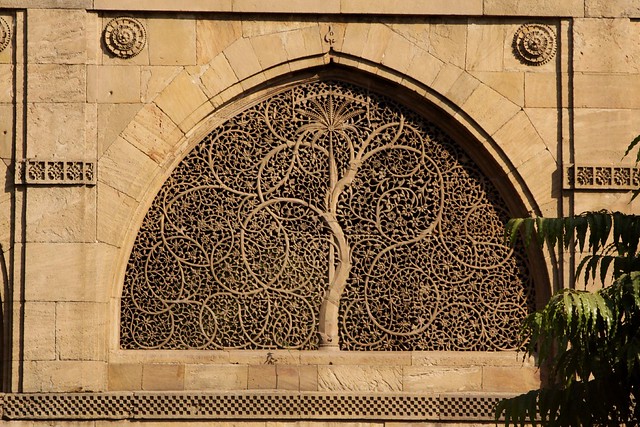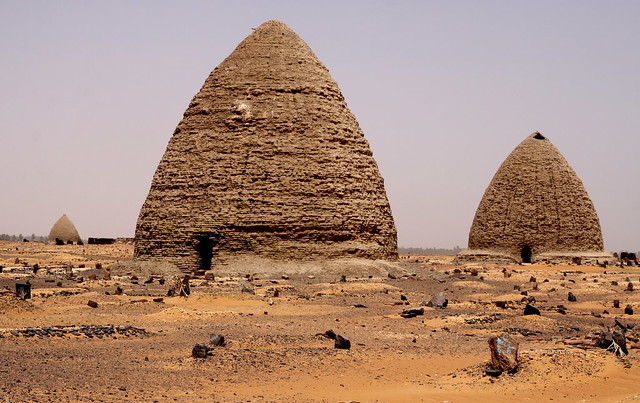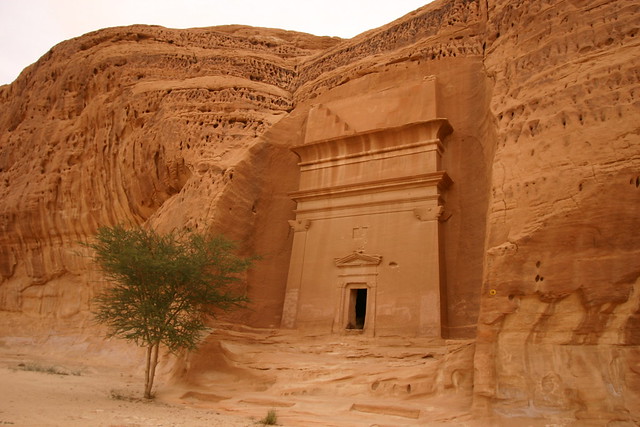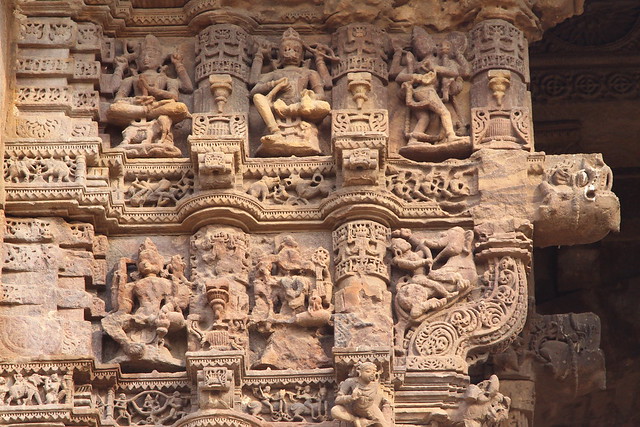Galeria de retlaw snellac
the world part 1
See also:
www.flickriver.com/photos/waltercallens/ random/
www.flickr.com/photos/waltercallens/favo rites/
english.cohga.net/flickr/user/74089637@N 00_1.html
www.fluidr.com/photos/waltercallens/sets
www.lurvely.com/index.php?owner=74089637 @N00

cambodia
Angkor Wat - Treasures of Angkor.
Noted for its architectural and artistic perfection, not to mention its sheer size, Angkor Wat is the most famous and no doubt the most remarkable of all of Cambodia's ancient temples. Combining great technical mastery on an unprecedented scale with extraordinary architectural and artistic innovations, Angkor Wat has a unique place in the long ancient Khmer tradition of the royal "Temple-Mountain.". Built in the 12th century in the reign of King Suryavarman II, this was the residence of Vishnu, the divine palace in which the King himself was to reside after death. The construction is thought to have taken some thirty years of intensive labor.
In the "Middle Period", notably in the 16th century, Angkor Wat, then known as Preah Pisnulok (the posthumous name of its royal founder), became a site of Buddhist pilgrimage not only for the Khmer people but for much of Southeast Asia, and indeed for other more distant Asian peoples. Today, the Khmer people see in "Little Angkor" (the familiar name of Angkor Wat), the symbol of their nation. Angkor Wat, forming a rectangle of about 1,500 by 1,300 metres, covers an area including its 190 metre wide moats - of nearly 200 hectares. The external enclosure wall defines an expanse of 1,025 metres by 800, or 82 hectares. It is the largest monument of the Angkor group.
See also:
www.flickriver.com/photos/waltercallens/random/
www.flickr.com/photos/waltercallens/favorites/
english.cohga.net/flickr/user/74089637@N00_1.html
www.fluidr.com/photos/waltercallens/sets
www.lurvely.com/index.php?owner=74089637@N00

india - gujarat
The Sidi Sayed Mosque in Ahmedabad.
Jali work.
The Sidi Sayed Mosque in Ahmedabad is one such famous and ancient mosque of the city.
The Mosque of Sidi Sayed or rather the Sidi Sayed Mosque in Ahmedabad is situated close to the famous Lal Darwaja. In fact, the mosque is located inside Bhadra, a fortified bastion that was built by Sultan Ahmed Shah in the year 1411 A.D. The elegant mosque was built by Sidi Sayed, a slave of Sultan Ahmed Shah. The mosque is famous all over the country because of its fantastic architecture and exquisite Jali work or stone tracery. The mosque is built of yellow stone and is an example of early Muslim architecture. The Jali work found on the windows of this mosque are worth admiring. The intricate and delicate carvings clearly highlight the talent of the craftsmen of the olden days. The stone has been carefully carved in order to create the filigree effect. The intricate carvings are fine examples of India's rich architectural heritage.
The Sidi Sayed Mosque in Ahmedabad is particularly famous for the twin stone windows. The Jali work on the windows depicts palm trees with curved tendrils. The carvings are truly beautiful and praiseworthy. The Jali work is found in all the ten semi-circular windows of the mosque. The carved windows found on the western wall of the mosque are the most beautiful of them all. The carved screens depict floral patterns and designs.

sudan - the black pharaohs
Graveyard and Qubbas (Old Dongola).
Qubba: literally 'dome', often used to refer to a domed mausoleum which contains the grave of a saint or some important personage.
Old Dongola is a town in Sudan, on the east bank of the Nile opposite the Wadi Al-Malik. It is 50 miles (80 km) upstream from (New) Dongola. Old Dongola was the departure point for caravans west to Darfur and Kordofan.
From the fourth to the fourteenth century it was the capital of the Makurian state. In the Fifth Century Old Dongola was founded as fortress, but became soon a town. Latest with the arrival of Christianity it became the capital. Several churches were built. There was the Building X and the Church with the Stone Pavement. There were erected about 100 m apart from the walled town centre, indicating that at this time the town already extended over the original walls of the fortress. In the middile of the Seventh century, the town was attacked by the Arabs, but was not conquered. However, the two main churches were destroyed, but shortly after rebuild. Building material of the Old Church was used for supporting the city walls.
The Church of the Granite Columns was erected at the end of the Seventh Century
over the Old Church. It was perhaps the cathedral of Old Dongola and adorned with 16 granite columns. These columns had richly decorated granite capitals. At the place of the Church of the Stone Pavements, the Cruciform Church was erected. At this time Old Dongola had many other churches, at least two palaces, and in the North a huge monastery. Several houses were well equipped and had bath rooms and wall aintings.
In the Thirteenth and Fourteenth Century, the town lost importance. It was several times attacked by Arabs and the throne room of the palace was converted to a mosque.
Under the Funj, Old Dongola was the capital of the Norther provinces.When the traveller C.J. Poncet travelled through the city, he described it as located on the slope of a sandy hill. His description of Old Dongola continues: " he houses are ill built, and the streets half deserted and fill'd with heaps of sand, occasion'd by floods from the mountains. The castle is in the very center of the town. It is large and spacious, but the fortifications are inconsiderable. It keeps in awe the Arabians, who are masters of the open country".

armenia
The Goshavank Monastery.
The Gosh monastery, formerly known as Nor Getik, is situated near the village of Gosh, on the eastern slope of the wooden valley of the Tand-zout, 23 km from the chief town of the region, Dilijan.
The monastery complex was founded in 1181, on the day its first church, dedicated to St Grigor Lousavoritch (the Illuminator), was inaugurated by the famous monk and legislator Mkhitar Gosh. The second church, in order of time, was the church of S. Karapet Hovnan. All that remains of these two buildings are the historical accounts of them written by Kirakos of Gandzak, a disciple of Mkhitar Gosh. The monastery complex, erected over a 116-year period, comprises the main church of St Astvatzatzin (1191-96), the smaller church of St Grigor (1209-31), the zhamatoun (1197), an ante-chapel used exclusively for burial purposes, the library (1291), the church of St Grigor Lousavoritch, built by Prince Grigor Tgha in 1231, and the refectory.

saudi arabia - mada'in saleh
Mada'in Saleh is one of the best known archaeological sites in Saudi Arabia. It was once inhabited by the Nabataeans some 2000 years ago, Petra being the capital of the Nabataean kingdom.

russia - vladimir
The Cathedral of the Maternity of the Virgin (Vladimir, Russia).

india - gujarat
Stone carvings of one of the four gates of Dabhoi (Gujarat).
Dabhoi was established in the early 6th century AD. Its foundation and fortification is ascribed to the great King of Gujarat, Siddhraj Jaisinh (1093-1143 AD), who made this his frontier fortress. The architectural style and the exquisite stone carving and iconography on the fort walls and gates suggests that it was conceived and constructed in the same period as Rudra Mahalaya and Zinzuwada Fort. It is mentioned as an important city in the Jain inscriptions of Girnar (VS 1288).

armenia
Carahunge Armenia's Stone Henge (Zorats Karer).
In the mountains of nowadays Armenia (in the south, close to town Goris), the first observatory Carahunge (Car-means stone, hunge-means voice, sound) was created. It has a history of 7.500 years and scientists believe, that there is a tight connection between the observatory in Armenia and Stonehenge in Britain, since the latter is much younger (about 4000 years) and the name itself is similar to the Armenian name and the second half of the name (hange) does not really mean anything in English.
This prehistoric Monument consisting of hundreds of Standing Stones on a territorial area of approximately 7 hectares. Many of these stones have smooth angled holes of 4 to 5cm in diameter, the angles of the holes being directed at different points on the horizon and outer space. The age of Carahunge has been estimated to be 7500 years or older (VI millennium BC). This was accurately ascertained by taking readings of the motion of the Sun, Moon and stars, using four independent astronomical methods based on the laws of the changes of the Earth’s axis precession and incline.

india - ladakh
Chortens at Rangdum Monastery.
Rangdum Monastery is a Tibetan Buddhist monastery belonging to the Gelugpa sect, dramatically situated on top of a steep sugarloaf hill at an altitude of 3,657 m at the head of the Suru Valley, in Ladakh. it is next to the tiny village of Julidok, and about 25 km from the 4,400 m ) Pensi La (pass) which leads into Zanskar.
According to an inscription the monastery was built by Gelek Yashy Takpa during the reign of King Tsewang Mangyul of Ladakh about 200 years ago. Although it is physically in Ladakh, it is culturally part of Zanskar. Because one cannot count on crops being harvested due to the brief summer, both the village and the monastery depend on supplies, other than locally produced dairy, brought up the largely barren Suru Valley, or over the 4,400 metre (14,436 ft) Pensi La pass from Zanskar. The monastery has about 30 monks.

armenia
Haghpat Monastery.
This pearl of a monastery perched on the lip of the Debed Canyon has Unesco World Heritage status, along with Sanahin. This place has atmosphere and archictectural splendour in abundance and the views around the canyon alone are worth the trip. Founded around 976 by Queen Khosrvanuch, who built Surp Nishan at the centre of the walled complex., it really took off in the 12th cntury with a magnificent bell tower, library and refectory. An inscription on the gavit of Surp Nishan reads in part 'You who enter through its door and prostrate yourself before the Cross, in your prayers remember us and our royal ancestors, who rest at the door of the holy cathedral, in Jesus Christ'. Uphill is the bell tower, and off by the wall a stone refectory. Khatchkars and study halls surround the central church.

yemen
Hababa
| The Ultimate Self Realization Course (tm) | | |
| Special New Release--Hear It Right Now!! | Special Announcements!
| See Sankarshan Prabhu's | |
| Get Krishna's Special Mercy by Rendering Devotional Service If you'd like to contribute something to help cover the expenses of Sankarshan Prabhu's European Lecture Series you can | On the order of his spiritual master, Srila Prabhupada, Sankarshan Prabhu has dedicated his life for the most urgent work of spreading Krishna consciousness all over the world. The more that Krishna consciousness spreads, the more that the suffering, scarcity, and hate on this planet will be replaced with bliss, abundance and love. This is a golden opportunity for us to do the highest good for all living beings and receive the special blessings of the Lord. Therefore we should, as much as possible, sacrifice our time, energy, and resources to assist Sankarshan Prabhu in his most important work. If you would like to help out to any extent, little or big, kindly inform Sankarshan Prabhu of your desire. | Meet If you would like to meet Sankarshan Prabhu or hear his lectures, you may contact us directly for an appointment or specific information on where and when his lectures will be held. | |
| Do You Have Questions or Need Guidance? | All inquiries are welcome. | Contact Information: Phone: 1-512-835-2121 or Email your questions |

 Sri Krishna Janmastami
Sri Krishna Janmastami Maha Kalash Abhisekha
Annual Patron Member Puja You are cordially invited to sponsor a Golden Kalash to bathe Sri Sri Radha Krishna, on the most auspicious day of
Sri Krishna Janmastami
(September 4, 2007)
This is a wonderful chance for you and your family to sponsor a beautiful bathing ceremony for Sri Sri Radha and Krishna. With your generous sponsorship, you will get to keep the sacred Kalash that the temple priest uses to bathe the Lord on your behalf. We will mail you your golden Kalash along with a wonderful assortment of prasadam sweets that will be offered to Sri Sri Radha Krishna on Janmastami. Your tax deductible contribution with help us to maintain and develop the worship of Lord Krishna.
Your golden Kalash is an amazingly beautiful transcendental work of art that your family will treasure for many generations. It will be shipped to you in a red velvet box as seen above:
There is a very limited supply. So if you would like to to sponsor a Kalash, do so right away before they are all taken: www.backtohome.com/Kalash
| ||
| Home | Thought for The Day | Audio | Videos | Photos | Itinerary | Meditations on Pure Bhakti | Offerings | Services | ||
|

Up

TABLA - FUENTES - FONTS
Disculpen las Molestias

Up







No hay comentarios:
Publicar un comentario